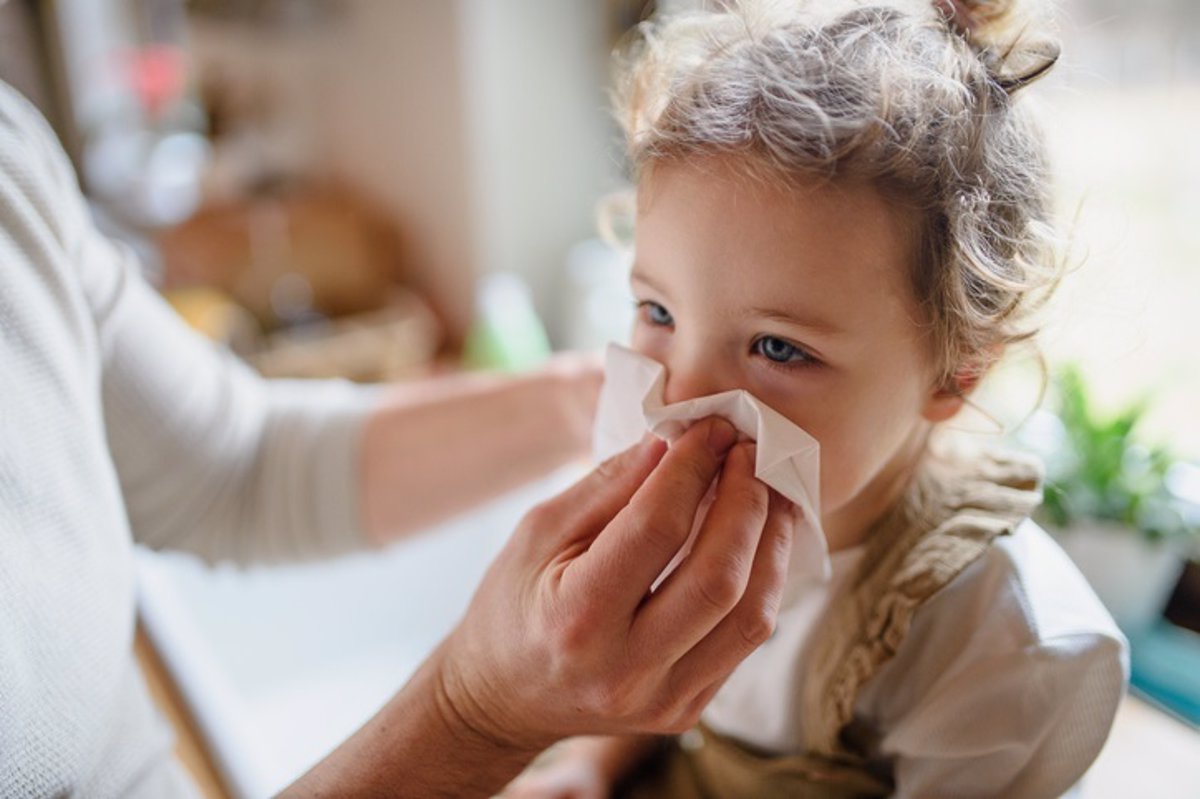Madrid, November 24 (European Media) –
The Carlos III Health Institute (ISCIII), part of the Ministry of Health, reported an increase in rates of acute respiratory infections in primary care and serious infections in hospitals, linked to increases in influenza and respiratory syncytial virus (RSV), Especially children under one year old and children between 1-4 years old and adults over 79 years old.
This was reflected in its latest Respiratory Disease Surveillance (IRA) report, which corresponds to the week of November 13-19. During this period, the global rate of acute respiratory infections (ARIs) in primary care was 563.8 cases per 100,000 inhabitants, compared with 552.7 cases per 100,000 inhabitants last week, and for severe acute respiratory infections (SARIs) in hospitals, the rate was 563.8 cases per 100,000 inhabitants. There are 12.3 cases per 100,000 inhabitants, compared with 11.1 cases per 100,000 inhabitants last week.
In addition, the incidence of influenza syndrome continues to rise and has intensified over the past two weeks, and the incidence of bronchiolitis has increased for the second consecutive week.
By age group, the highest incidence of acute respiratory tract infections in primary care was in the group of children under one year old (3843.2 cases/100,000 inhabitants), followed by the group of children aged 1-4 years (2881.3 cases/100,000 inhabitants). 100,000 inhabitants). By gender, the incidence rate is higher in women than in men (624.2 and 500.9 cases per 100,000 inhabitants respectively).
In primary care, the percentages positive for influenza, SARS-CoV-2 and RSV this week were 5.8%, 12% and 3.8% respectively.
Since the start of the season, 4,233 IRA samples have been analyzed for influenza diagnostics, 4,268 samples have been analyzed for SARS-CoV-2, and 4,207 samples have been analyzed for RSV diagnostics. Of these, 126 (3%) were positive for influenza, 516 (12.1%) were positive for SARS-CoV-2, and 70 (1.7%) were positive for RSV. Of the 126 influenza viruses for which type/subtype information was determined, 122 were type A (97.6%) and 3 were type B (2.4%).
Among severe acute respiratory infections detected in hospitals, the positive rates for influenza, SARS-CoV-2, and RSV this week were 5.3%, 12.6%, and 10.9% respectively.
Since the start of the season, 1,268 SARI samples have been analyzed for influenza diagnostics, 1,361 for SARS-CoV-2, and 1,234 for RSV. Of these, 30 (2.4%) were positive for influenza, 236 (17.3%) were positive for SARS-CoV-2, and 67 (5.4%) were positive for RSV.
By age group, the highest hospitalization rate this week was among people under one year old (132.6 cases per 100,000 inhabitants), followed by those over 79 years old (74.4 cases per 100,000 inhabitants). By gender, the incidence rates for men and women were 13.3 cases/100,000 residents and 11.3 cases/100,000 residents, respectively.
Of the 30 influenza viruses for which type/subtype information has been identified, 25 are type A (96.2%), 1 is type B (3.8%), and 9 are non-type A (34.6%).
Influenza and other respiratory viruses in Europe
During this period, the incidence of respiratory diseases increased in primary care in many countries in the EU.
The positivity rate for SARS-CoV-2 is 14%, with the highest incidence among people aged 65 or older. The RSV positivity rate is less than 4%, showing a clear upward trend, with the greatest impact among children aged 0 to 4 years old; the influenza positivity rate remains stable. The change suggests some countries are more geographically dispersed compared to last week.
Similarly, hospitalized SARS-CoV-2 positivity rates are on the rise in Croatia and Germany, while on the decline in Belgium, Ireland, Malta and Spain.

